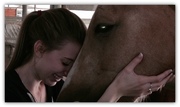A Discussion About Dehorning
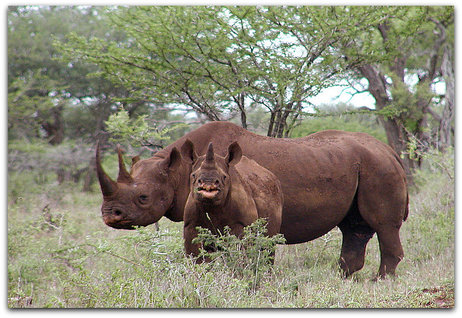 Black Rhinos - Stromayer, Karl 2003 of the U.S. Fish and Wildlife Service
Black Rhinos - Stromayer, Karl 2003 of the U.S. Fish and Wildlife Service Over the past few years there has been a shocking increase in rhino poaching. In 2011, in South Africa alone, 448 rhino were poached for their horns and as of mid-2012 over 300 have been poached. At a first glance, it would appear that by simply removing the horn the problem is solved; rhinos should be worthless to poachers. However, the issue is a lot more complicated than it first appears.
Namibia was the first country to use dehorning to protect rhinos from poaching. Between 1989 and the early 1990s, dehorning coupled with rapid improvements in security and funding for anti-poaching was perceived by stakeholders to have contributed significantly to reducing poaching losses. In Namibia, not a single dehorned rhino was poached.
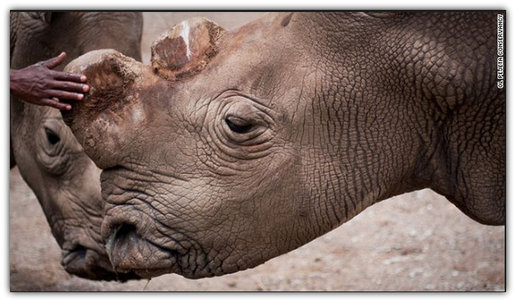
So why do poachers continue to target hornless rhinos? This is often attributed to the stub of horn that is left after removal. If the horn is cut too close to the germinal layer, this could damage the horn base and lead to deformed horn re-growth. Current dehorning is estimated to remove 90% and 93% of horn mass in male and female white rhinos respectively. So during any dehorning exercise a stub of horn will remain: although poaching is made less profitable, the sad reality is that poachers will still kill for a horn stub due to its high value. There have been reports that rhino horn has been fetching prices as high as $50,000 per kg.
Poachers may also kill dehorned rhinos out of vengeance. In Hwange NP, it was thought that poachers killed dehorned rhinos to avoid tracking them again. Furthermore, if there is thick bush or hilly terrain poachers may not see if the rhino has an intact horn prior to shooting.
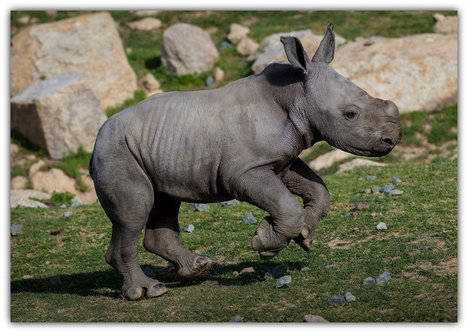
Dehorning is an intrusive procedure and, like any immobilization, there is a risk to the rhino during the operation. While all efforts are taken to reduce the risk, there are sometimes veterinary complications while the animal is under anesthetic that may result in death. The more frequently the rhinos are immobilized, the greater the risk.
In addition, dehorning is incredibly costly, due the effort of finding the animals and the costs associated with the immobilization process, especially if needed on a recurrent basis. The actual cost depends on several factors, but current published estimates for dehorning range from $620 per animal to $1,000. It is estimated that it would cost around US$5.8-8.8 million for a one-off dehorning of all the rhinos in Kruger National Park.
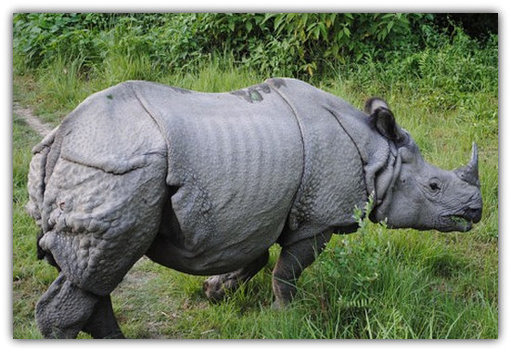 Indian rhino image courtesy of Wikipedia user Krish Dulal
Indian rhino image courtesy of Wikipedia user Krish Dulal Dehorning has its place in rhino conservation and, although not a stand-alone solution, recent successes demonstrate that, used alongside other methods, dehorning can be used to protect rhinos. Due to the invasive nature of dehorning, it should only be considered as a last resort under conditions of severe poaching threat. For example, although dehorning is not routinely practiced in Kenya, its small population of Northern White Rhino is routinely dehorned due to the exceptional conservation value of being the last remaining individuals of the subspecies.
If the poaching continues as it does now, these African animals will be poached into extinction as soon as the year 2025.
http://www.africa-wildlife-detective.com/rhino-poaching.html
http://www.savetherhino.org/rhino_info/issues_for_debate/de-horning
http://www.hsi.org/issues/rhinoceros_poaching/
http://wwf.panda.org/what_we_do/endangered_species/rhinoceros/african_rhinos/white_rhinoceros/
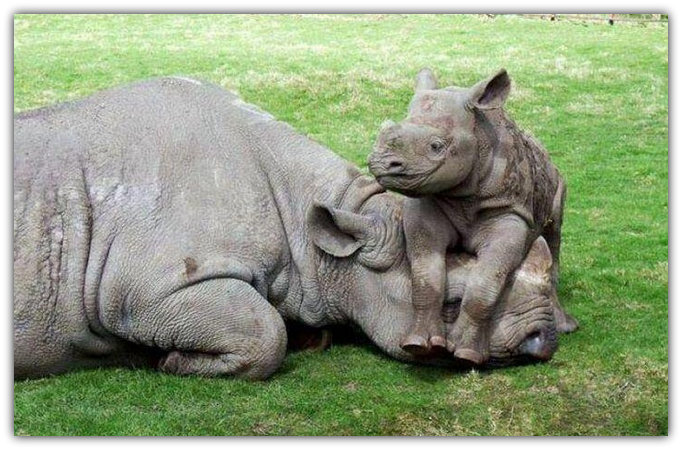
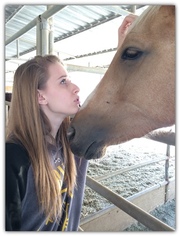
 RSS Feed
RSS Feed
